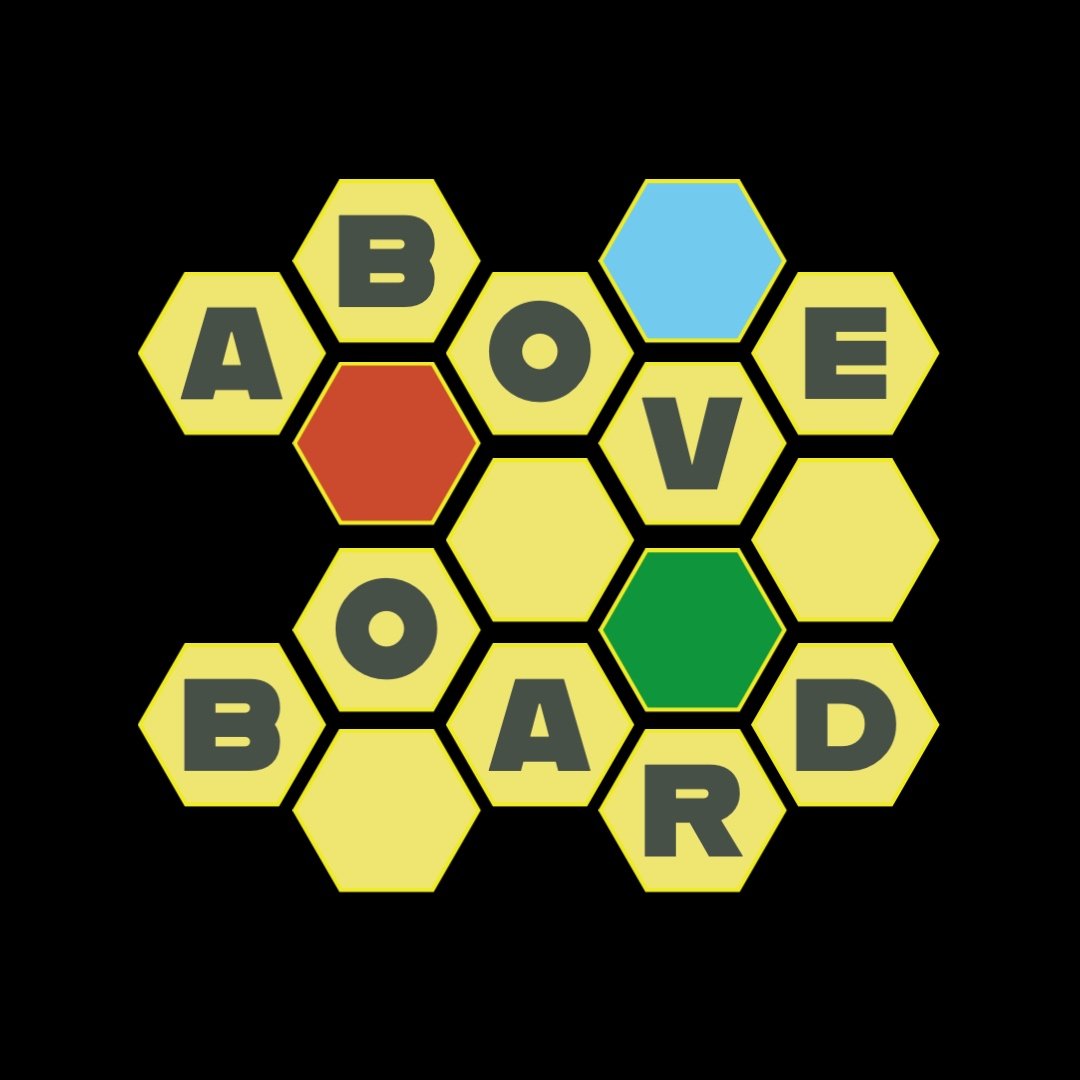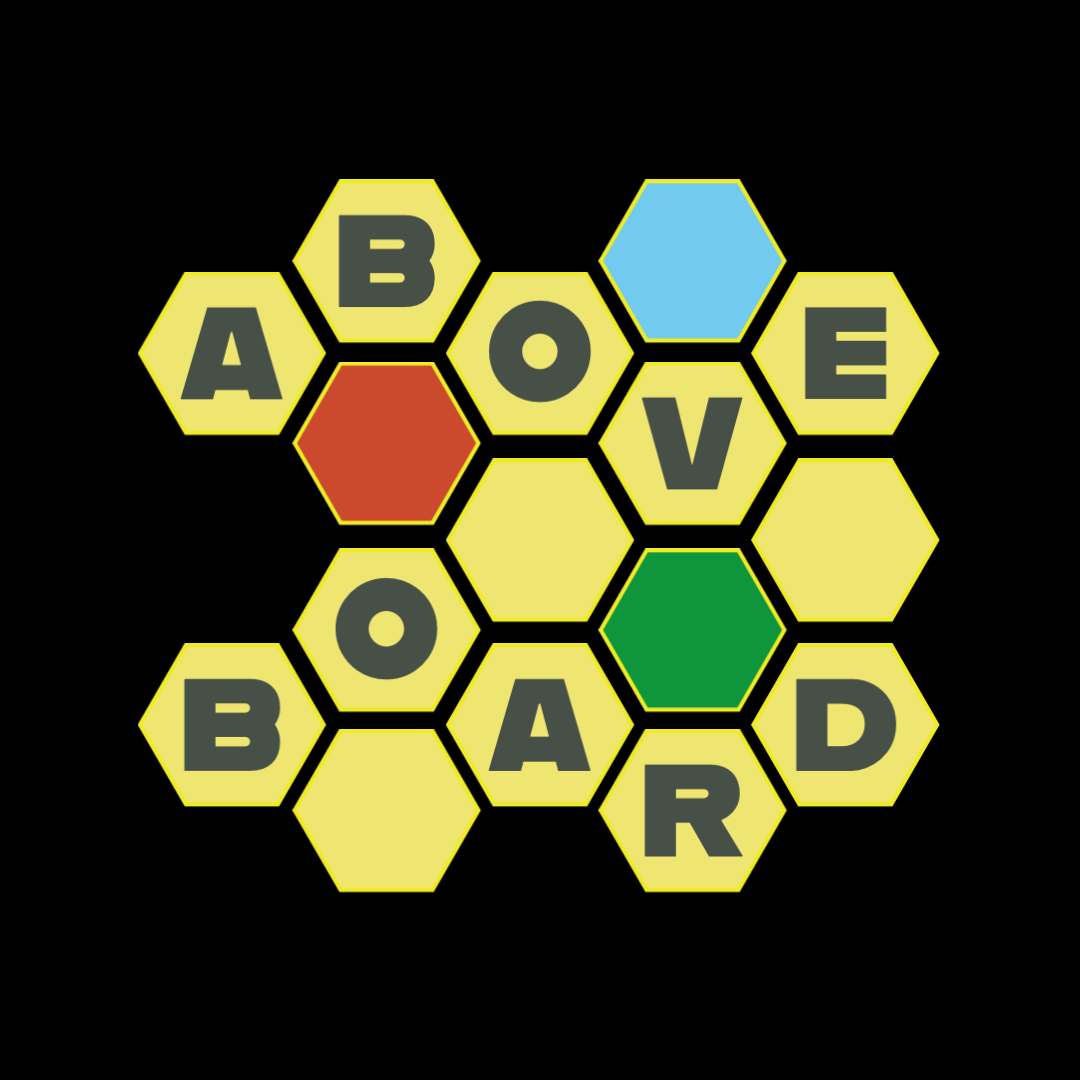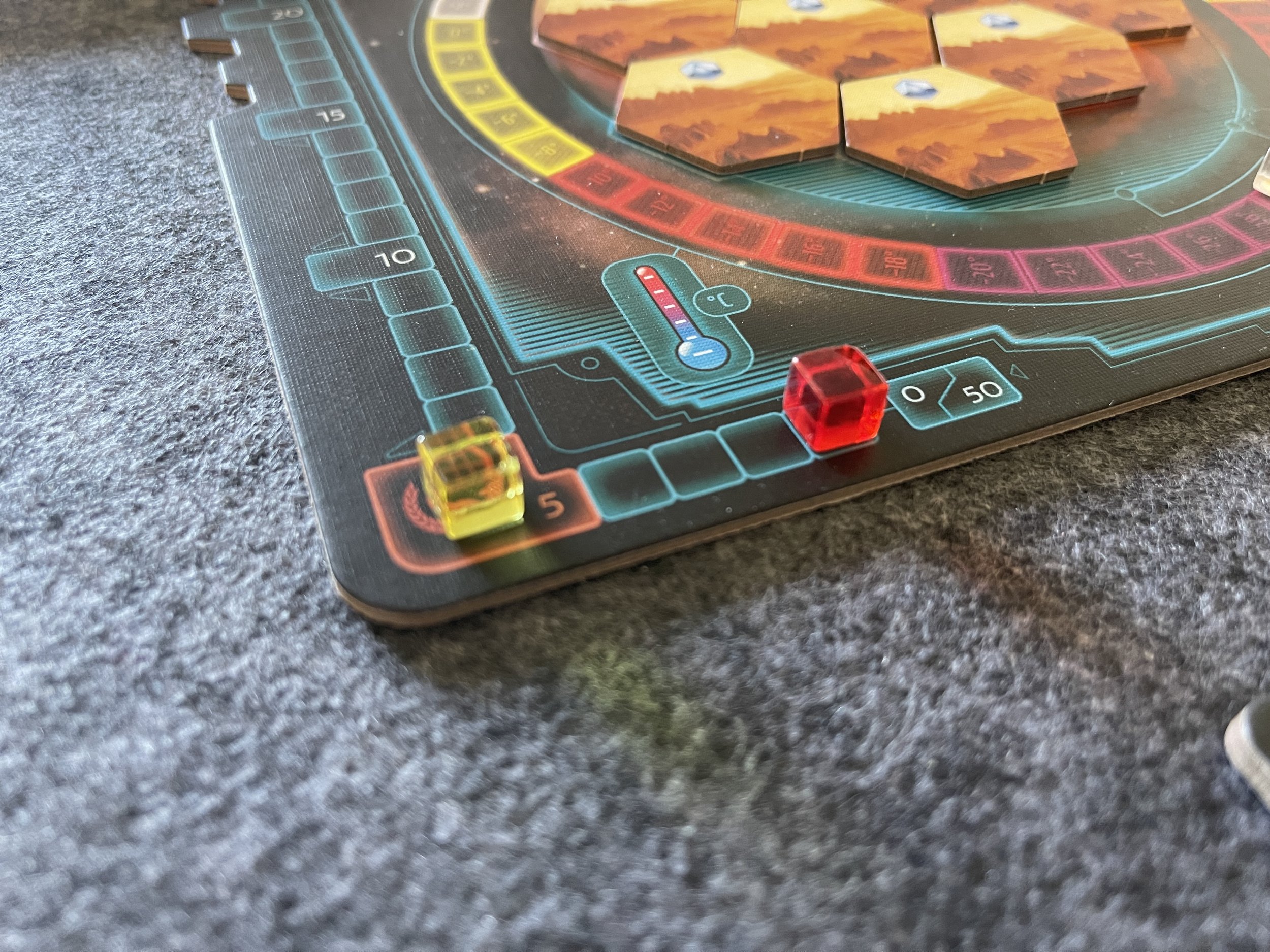Terraforming Mars: Ares Expedition Review
When it comes to reforming the Red Planet, sometimes less is more.
1-4 Players 45-60 mins Ages 14+
Designers: Sydney Engelstein, Jacob Fryxelius, Nick Little
Artists: William Bricker, Sydney Engelstein, Jacob Fryxelius, Garrett Kaida
Nick Little (I), Nio Mendoza, Justine Nortjé, Naomi Robinson, Andrei Stef
Publisher: FryxGames, Stronghold Games
2016’s Terraforming Mars is a powerhouse in the world of board gaming. A mainstay of many people’s collections it quickly established itself as a modern classic and one that is frequently seen adorning tables at board game gatherings and dining rooms. There’s barely a gamer alive right now who hasn’t at least heard of Terraforming Mars and its multiple expansions. Therefore, I feel it’s important to note that I myself have never actually played it. I’ve had the opportunity to do so several times and I even sat down at a table ready to play once, then changed my mind at the last moment in favour of playing Wingspan. Eventually enough time passed that I made peace with the likelihood I’d missed the opportunity and moved on with my gaming life. As such, this review will be from the perspective of someone who has never directly experienced the original game. When Terraforming Mars: Ares Expedition was announced I was determined to pick up a copy for myself and finally experience at least some version of the Mars hype train. I’m so glad I did!
Prepare for landing
Terraforming Mars Ares Expedition is an engine building game utilising hand management, simultaneous players actions and set collection. Like the talents of a parent being passed down to their offspring, core elements of the original game remain here, allowing those who enjoyed the original to experience more of what they loved, while new players, such as myself can get a taste of what awaits them in the larger game. Players are again taking on the roles of different corporations working more or less together to terraform our red toned neighbour into a place fit for future humans to ruin. This is done by researching technologies to increase a range of global parameters in an effort to make the planet fit for habitation, these include temperature, oxygen and water in the form of oceans. Like most things, terraforming costs money, in this case, mega credits (MC) which is the currency of the future (thanks mega corporations!). MC can be used to pay for temperature increases, further the coverage of the oceans and increase the oxygen content of the atmosphere as well as purchasing forests which not only aid the terraforming effort, but provide a victory point (VP) boost.
Whats the score?
Players are each given a player board where they can keep track of their resources which is tracked by marbled plastic cubes representing whichever resource is needed. The cubes come in three varieties, which we’ll call copper (1 unit), silver (5 units) and gold (10 units). Play occurs over five phases with each player secretly selecting their chosen phase for that round, for example, the Development phase allows you to play a green development card which is used to boost resource income. What I liked most about Ares Expedition is the simultaneous player turns. While each player may select different phases to play that turn, every player gets to use each phase played on that turn. For instance, if you play the Development phase and an opponent plays his Production phase, both of you may activate both phases that turn while the bonus action on each card may only be used by the player who played it. Each phase can only be played once each turn however, so if two players choose the same phase they don’t get to activate it twice. This simultaneous play not only speeds up the game resulting in almost zero downtime, but adds an exciting hidden reveal where you try to maximise your efficiency on each turn by anticipating which cards your opponents may play. Not only are you keeping an eye on your own progress but also on the progress of your fellow terraformers; how very corporate of you.
A breath of fresh air
Ares Expedition plays smooth and fast with momentum building each turn as you research more technologies. Before long, your start-up corporation will become a mega corporate behemoth, it’s income growing as you add more cards to your tableau resulting in a stronger engine by the end of each phase. As your terraforming efforts continue certain cards in your tableau may become less useful, so thinking ahead and securing technologies to fulfil your future goals becomes an essential strategy. The fact that this is both a competitive and a cooperative game says so much about how FryxGames managed to capture the essence of large conglomerates working together for mutual gain, while trying to line their pockets and present the best public image, at least that’s how I interpreted the VP system. The Mars board has a clear layout and thanks to most of the heavy lifting being offloaded to the players boards and the cards themselves, the image of Mars becomes the centrepiece, with the ubiquitous ocean tiles harkening back to the larger tiled board of the original game. Ares Expedition provides a streamlined version of its bigger brother without sacrificing depth or strategy. Many elements from the original appear to have been carried over in some form and any fat that has been trimmed only serves to make Ares Expedition more approachable to those who may have been intimidated by the original Terraforming Mars.
Turning up the heat
Ares Expedition is primarily a card based game, and it’s not afraid to remind you of this almost every phase when cards are being drawn, discarded, played or utilised. Of course, this is a card game, that makes sense. Where things begin to get fiddly is the in the shear amount of cards you’ll end up with in the late game, to the point where a full four player game will take up a surprising amount of space leaving you with the impression you’re terraforming your table rather than Mars. This leads to the secondary issue of having an overload of cards to deal with in the latter stages especially when it comes to the Action phase when you need to sort out which cards need to be activated and which ones no longer benefit you. The only other issue I had was with the score board itself. My version of the game included the dual layered player boards which, in my opinion, are an absolute necessity for any game that relies on tracks with cubes. Its a shame they didn’t give the Mars board the same double-layered treatment as there were several instances where the large transparent scoring cubes were knocked out of place. Granted this is a minor quibble, but one that could have been solved with a few cents worth of extra cardboard.
Stunning images from the surface
Much has been said about the, shall we say, questionable artistic choices of the original game, so I won’t retread that tired ground here. In fact, I’m pleased to report that the artists of Terraforming Mars: Ares Expedition did a stellar (space pun!) job of creating a much more vibrant, visually compelling and overall, cohesive design. The art is original and for the most part feels like part of a collective work enticing players with an optical treat across the 200+ unique cards. The player boards are colourful with a graphic design that aids gameplay by creating recognisable spaces for the different resources types and colour coded tracks that fit together with the card art to ensure players don’t get lost along the way. The metal cubes of the previous game have been replaced with plastic cubes cast in marbled metallic tones, which, in my opinion, look gorgeous! I’m not one to get excited about cubes in any game, but… wow!
My battery is low and it’s getting dark
Terraforming Mars: Ares Expedition is set to attract new players to the brand and likely encourage many to take the next step and dive into the original game. For those who are already well indoctrinated into the Terraforming Mars ecosystem, well, more than a few fans have been heard to say this version could easily replace its bulkier predecessor, or at the very least, cohabitate with it. As a newcomer to the series I absolutely love what Ares Expedition does and it has me eager to experience more from the Terraforming Mars family. I look forward to future expansions, three of which are already on the way; Crisis, Discovery and Foundations. Each one is set to add new dynamics as well as support up to 6 players (Foundations). If you’ve been holding out on Ares Expedition either out of fear of it being more of the same, or a less satisfying, watered down version of the beloved classic, fear not! This is a game that doesn’t stand of the shoulders of what came before, but rather provides a worthy alternative
Have you played Terraforming Mars: Ares Expedition? I’d love to hear your thoughts and comparisons. Feel free to drop a comment below or head on over to our Above Board Facebook group to join our awesome community of gamers and keep up to date on upcoming content.









